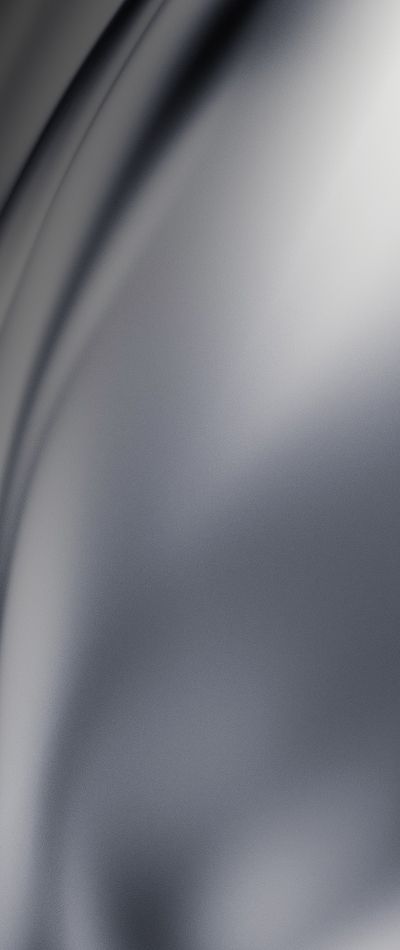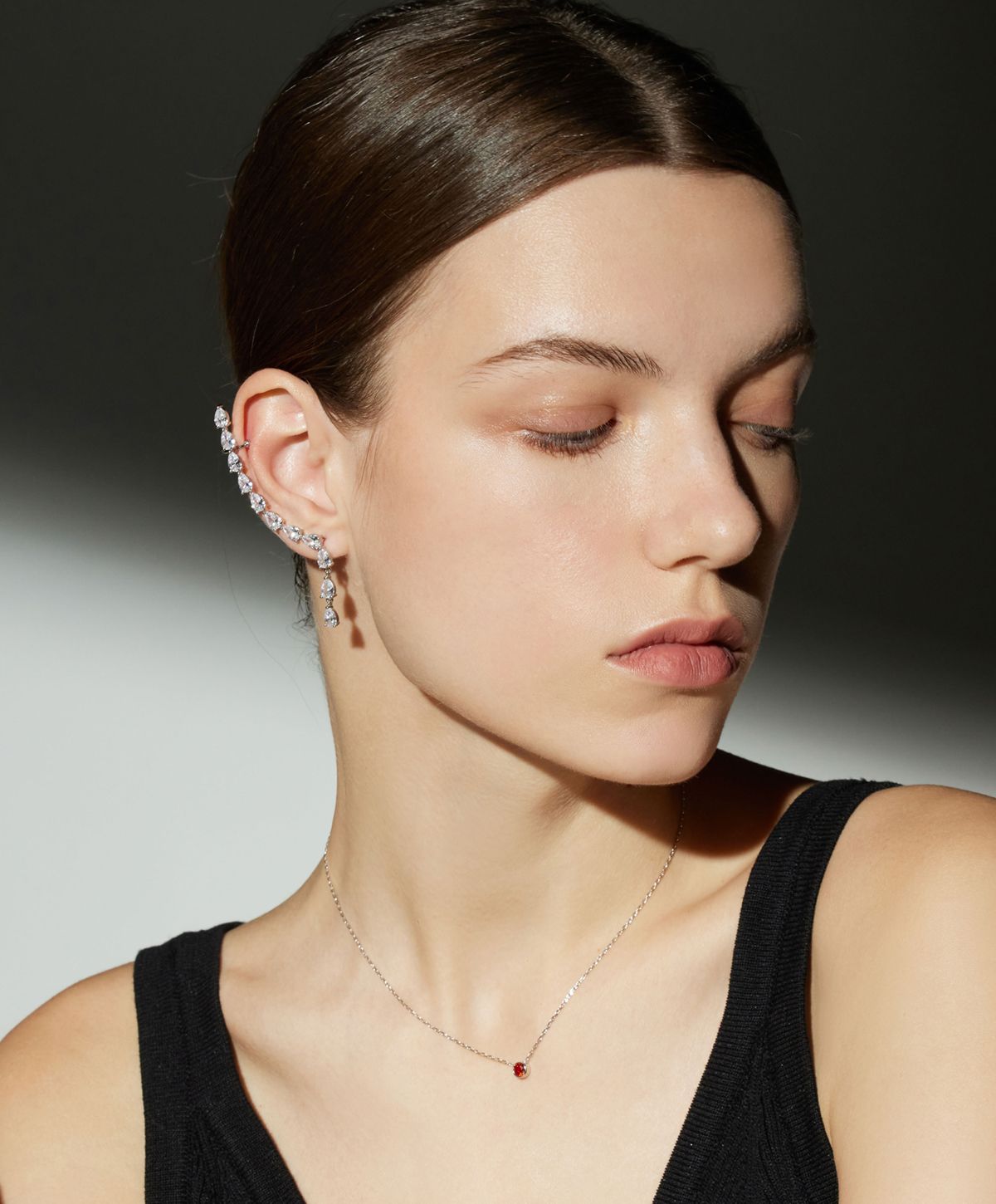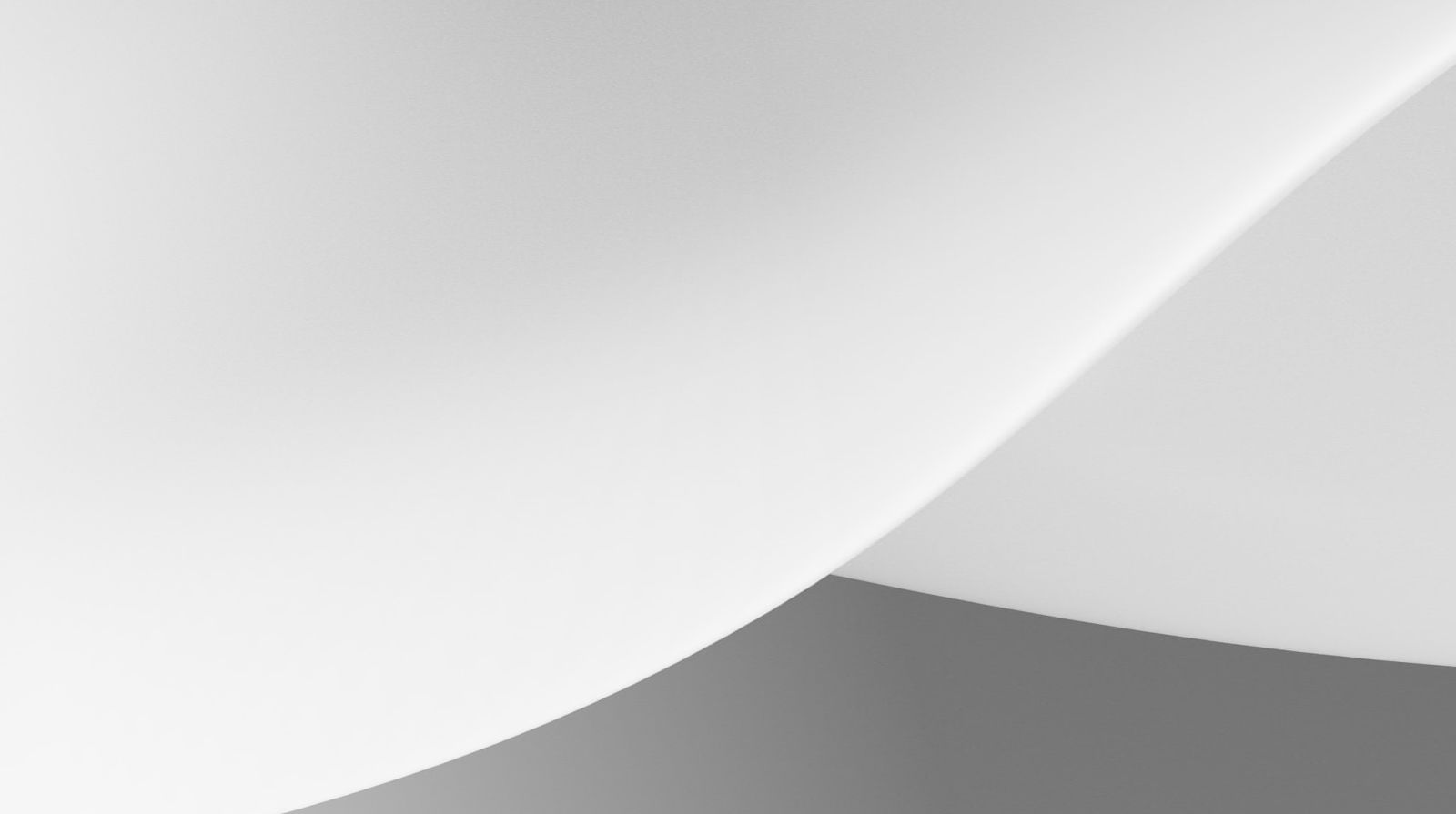
Rhinoplasty in Dallas, TX



Redefining Balance
The nose plays a central role in facial harmony, but it’s not about perfection. For many patients, rhinoplasty is about balancing their features, refining subtle asymmetries, or improving nasal function. The right surgical approach can bring the face into harmonious alignment, whether the concern is cosmetic, structural, or both.
At Kelling Plastic Surgery, rhinoplasty is approached with restraint and refinement. Dr. Joseph Kelling performs every procedure with a deep understanding of facial anatomy and a commitment to maintaining your natural identity. The goal is never to create a new face—it’s to create a more cohesive one.
Function Meets Form
Rhinoplasty — or a “nose job”— is a surgical procedure that reshapes the nose for cosmetic and/or functional reasons. While many patients pursue rhinoplasty to refine the external appearance of the nose, it can also correct breathing issues caused by structural irregularities.
At Kelling Plastic Surgery, Dr. Kelling offers both cosmetic rhinoplasty to refine the nose’s external structures and functional rhinoplasty to improve airflow and comfort. Each treatment plan is individualized to ensure that your nose's appearance and function are improved without compromising the natural character of your features.

Tailored Techniques. Trusted Hands.
Rhinoplasty is performed under general anesthesia at an accredited surgical facility. For the majority of his patients, Dr. Kelling will use an open rhinoplasty approach. This technique is done through a small incision at the base of your nose and allows for complete visualization of the nasal structure and sub-millimeter surgical precision.
During the procedure, cartilage may be reshaped, a hump reduced, the tip refined, or a deviated septum corrected. Surgery typically lasts 2–3 hours, and patients return home the same day with a nasal splint in place.
Correcting Shape, Structure, and Function
Rhinoplasty is used to treat a range of cosmetic and functional concerns, including:
Rhinoplasty can also restore balance after facial trauma or injury. For many patients, the procedure can improve both the nose's appearance and airflow, leading to better comfort and greater confidence.

Refinement + Relief
Improved Facial Harmony - A refined nose enhances balance without drawing attention to itself.
Preserved Identity - Enhances your features while keeping your look unmistakably your own.
Better Breathing - Functional correction can resolve airflow issues or chronic congestion.
Corrects Injuries or Developmental Asymmetries - Addresses trauma-related changes or natural deviations.
Long-Lasting Results - Once healed, the improvements are permanent and continue to age naturally with you.

Subtle Changes. Meaningful Impact.
You may be a candidate for rhinoplasty if you’re unhappy with the appearance of your nose, have trouble breathing through your nose, or are recovering from nasal trauma.
Ideal candidates are:
During your consultation, Dr. Kelling will help determine if rhinoplasty is the best fit for your goals and provide clear expectations for the results you can achieve.
A Smooth, Supported Recovery
Swelling and mild bruising are common after rhinoplasty, particularly around the eyes and bridge of the nose. A nasal splint is typically worn for 5 to 7 days to support healing. Most patients return to work and engage in light activity after 7 to 10 days. Strenuous exercise and contact sports should be avoided for several weeks.
Dr. Kelling provides detailed aftercare instructions and regular follow-ups to ensure a safe and supported healing process. Swelling will continue to improve gradually over several months, with final results visible around 6–12 months post-surgery.

Harmony is Beautiful
The best rhinoplasty results don’t stand out—they simply allow your other features to shine. Once healing is complete, you can expect a nose that feels proportionate, functional, and aligned with the rest of your face. Dr. Kelling’s approach emphasizes structure and restraint, avoiding overcorrection or excessive narrowing. The result is a nose that looks natural, ages well, and fits your individual anatomy, providing a more refined profile you will enjoy for years to come.
The Kelling Difference in Every Detail
Dr. Joseph Kelling approaches nasal surgery with deep respect for both the art and anatomy of the face. Every surgical plan reflects your unique structure and personal goals. Dr. Kelling offers leading techniques with a boutique approach to care. You’ll be treated with honesty, calm confidence, and surgical precision from consultation to recovery. Here, refinement isn’t about standing out. It’s about feeling more at ease in your own features.
Yes. The goal is always to enhance—not change—your features. Dr. Kelling tailors each result to look balanced and natural.
Open rhinoplasty allows greater visibility for complex reshaping. Closed rhinoplasty is used for more subtle changes and leaves no external scar.
Yes. If you have a deviated septum or other internal obstruction, rhinoplasty can help improve airflow and comfort.
Open rhinoplasty leaves a small incision at the base of the nose that usually fades well over time to become virtually imperceptible.
You’ll see initial improvements after 2–3 weeks, but full results take 6–12 months as swelling gradually resolves.